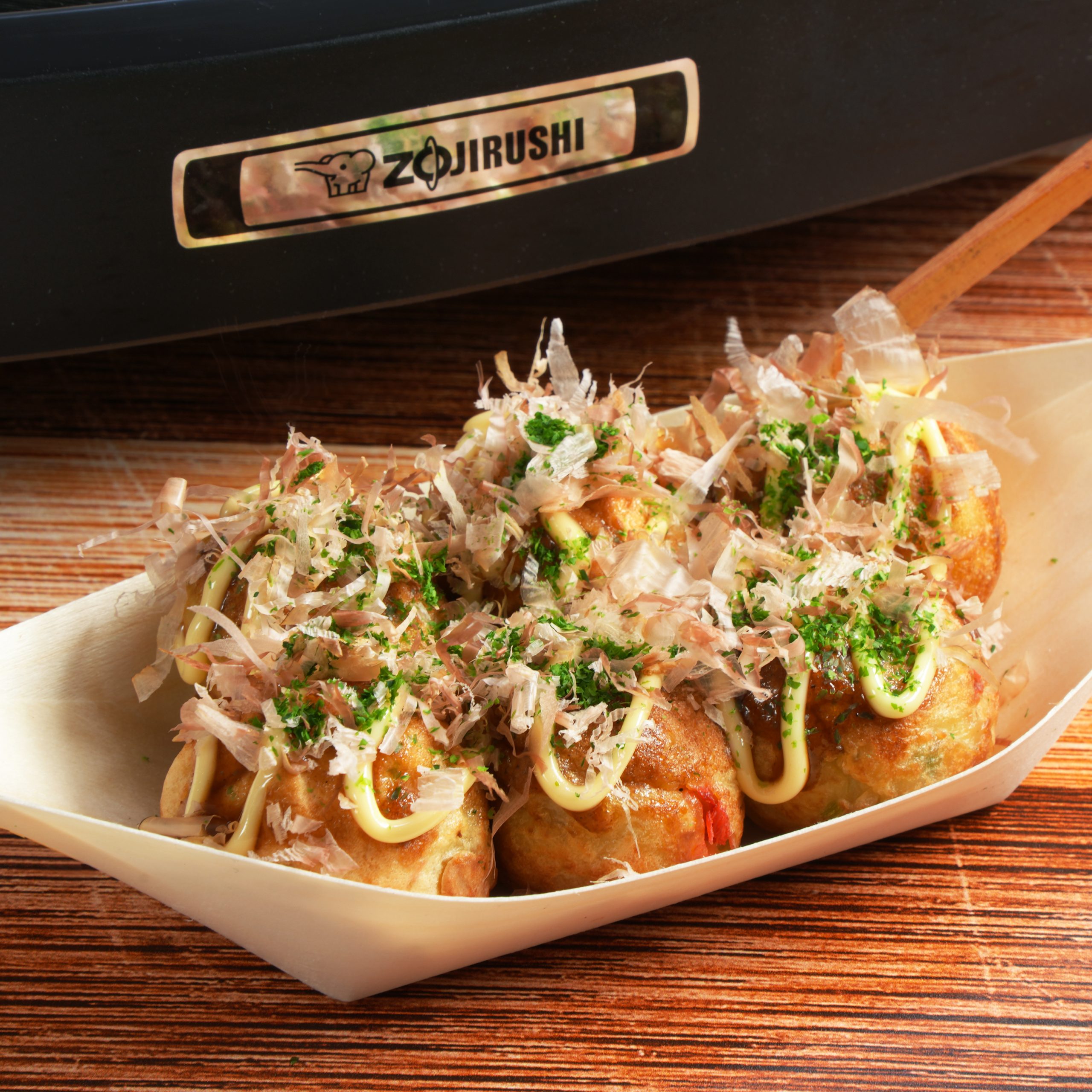Category: Japanese Street Food

Creative Ways to Use Your Zojirushi Takoyaki Plate
Read more: Creative Ways to Use Your Zojirushi Takoyaki PlateThe Zojirushi Takoyaki Plate EA-YBC01 is an incredibly versatile tool that goes far beyond its…
Japanese Street Food: Tachigui Soba!
Read more: Japanese Street Food: Tachigui Soba!What’s better than slurping hot soba noodles when you’re out in the cold? Slurping them…
Japanese Street Food: Winter Oden
Read more: Japanese Street Food: Winter OdenWith the cold months of winter beginning, it’s time for oden. Oden is a one-pot…
Japanese Street Food: Yakiimo!
Read more: Japanese Street Food: Yakiimo!“Ishi yaaaaaakiiiiimooooo! Ishi yaaaaaakiiiiimooooo!” Anyone who has spent autumn or winter in Japan knows how…
Japanese Street Food: Dango! Dango! Dango!
Read more: Japanese Street Food: Dango! Dango! Dango!September marks transitions in Japan–from the humid heat of summer to the more temperate months…
Japanese Street Food: Yaki-Tomorokoshi!
Read more: Japanese Street Food: Yaki-Tomorokoshi!The first week of August was a week of many festivals in Japan, and with…